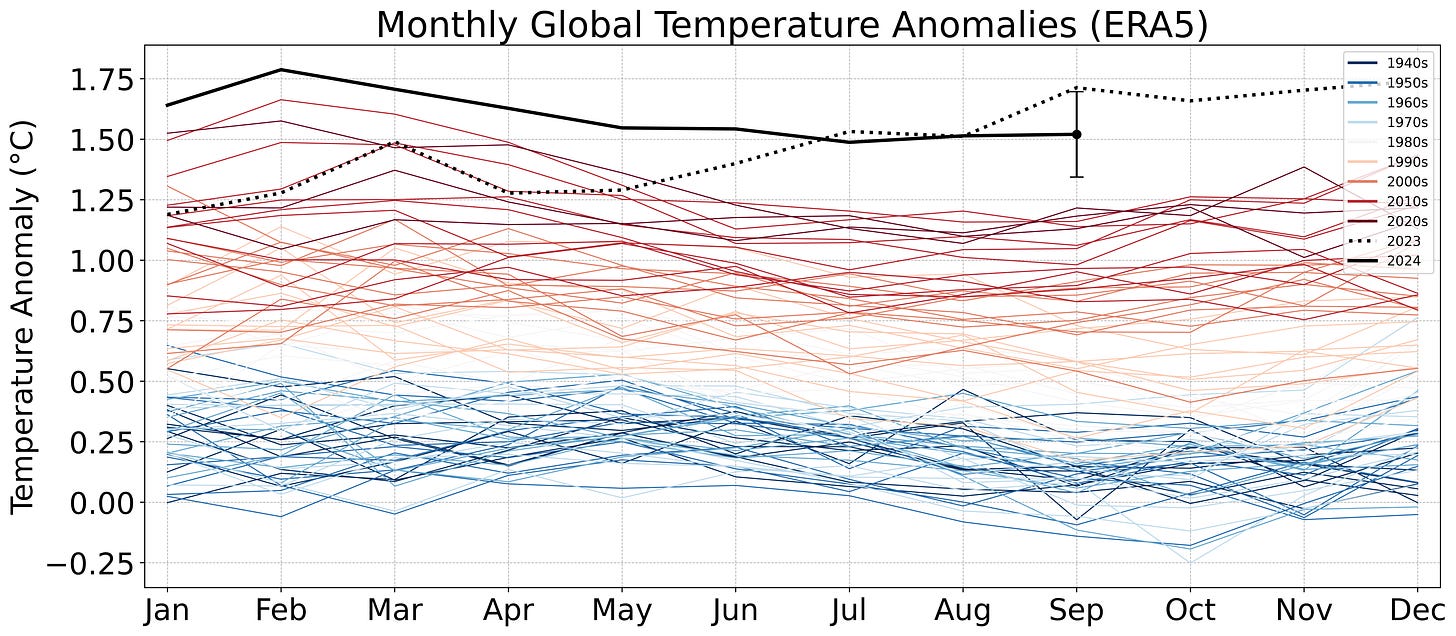Atmosphere, Vol. 15, Pages 728: Study of Quality Control Methods Utilizing IRMCD for HY-2B Data Assimilation Application
Atmosphere doi: 10.3390/atmos15060728
Authors: Jiazheng Hu Yu Zhang Jianjun Xu Jiajing Li Duanzhou Shao Qichang Tan Junjie Feng
Quality control (QC) of HaiYang-2B (HY-2B) satellite data is mainly based on the observation process, which remains uncertain for data assimilation (DA). The data in operation have not been widely used in numerical weather prediction. To ensure HY-2B data meet the theoretical assumptions for DA applications, the iterated reweighted minimum covariance determinant (IRMCD) QC method was studied in HY-2B data based on the typhoon “Chanba”. The statistical results showed that most of the outliers were eliminated, and the observation increment distribution of the HY-2B data after QC (QCed) was closer to a Gaussian distribution than the raw data. The kurtosis and skewness of the QCed data were much closer to zero. The QCed track demonstrated the lowest accumulated error and the best intensity in typhoon assimilation, and the QCed intensity was closest to the observation during the nearshore enhancement, exhibiting the strongest intensity among the experiment. Further analysis revealed that the improvement was accompanied by a significant reduction in vertical wind shear during the nearshore enhancement of the typhoon. The QCed moisture flux divergence and vertical velocity in the upper layer increased significantly, which promoted the upward transport of momentum in the lower layers and contributed to the maintenance of the typhoon’s barotropic structure. Compared with the assimilation of raw data, the effective removal of outliers using the IRMCD algorithm significantly improved the simulation results for typhoons.

 2 months ago
15
2 months ago
15


